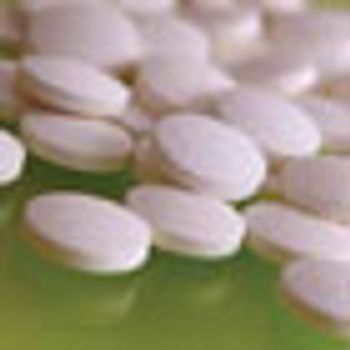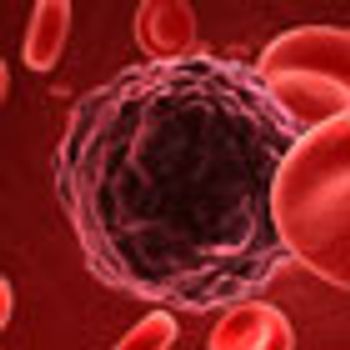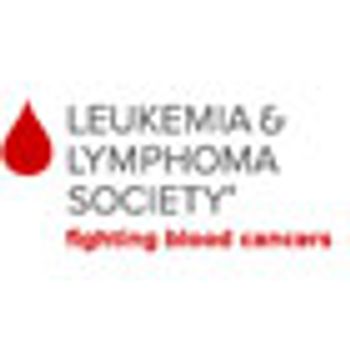
Jenna Forsythe, MSN, RN, OCN, a nurse in the leukemia and lymphoma outpatient center at John Theurer Cancer Center, discusses updates in leukemia treatment and the effect it has had in practice.


Jenna Forsythe, MSN, RN, OCN, a nurse in the leukemia and lymphoma outpatient center at John Theurer Cancer Center, discusses updates in leukemia treatment and the effect it has had in practice.

Linda Casey, BSN, OCN, a nurse at the John Theurer Cancer Center, discusses distress screening for patients undergoing cancer treatment.

Louise Eaton, RN, BSN, OCN, inpatient Stem Cell Transplant Unit, John Theurer Cancer Center, gives advice on how nurses should manage patients undergoing stem cell transplantation.

The FDA's calendar for making decisions on new oncology drugs and indications is taking shape for 2015, and the clock is ticking on at least 13 applications for novel agents and new therapeutic settings for existing drugs.

Michelle Gervino, RN, BSN, OCN, John Theurer Cancer Center, discusses side effects that patients with hematologic malignancies may experience during treatment

Part 2 of an overview and explanation of current cutaneous lymphoma treatments.

Results of a large retrospective study of more than 20,000 women treated for early-stage breast cancer are shedding light on how much treatment may be too much for these early-stage cancers.

Considering participation in a clinical trial is often a very difficult decision for patients, especially those dealing with a rare disease.

The FDA has granted an accelerated approval to the anti-CD19 immunotherapy blinatumomab as a treatment for patients with Philadelphia chromosome-negative relapsed/refractory B-precursor acute lymphoblastic leukemia.

Alain H. Rook, MD, Professor of Dermatology, University of Pennsylvania, Perelman School of Medicine provides part one of a three part overview of treatments for cutaneous lymphoma.

Skin care is an important topic for every individual, but for cutaneous lymphoma patients, skin care can be the key to greatly improving your quality of life. By educating yourself about your skin, there are many things that you can do to keep your skin moisturized, soft and comfortable.

Despite a recent decline in utilization, consolidated radiation therapy (RT) has been shown to improve 10-year survival rates for patients with stage I/II Hodgkin's lymphoma following treatment with chemotherapy.

Getting trusted, helpful information about cutaneous lymphoma can be a challenge. Whether you're a patient, loved one, medical professional or supporter of our work, you've been touched by cutaneous lymphoma.

A retired dentist and avid cyclist, Neil Dicker of Orefield, Pennsylvania is also a dedicated advocate for individuals affected by cutaneous lymphoma. In this video, Neil shares his inspiring story of living with the disease.

When patients with multiple myeloma relapse or become refractory to prior therapy, FDA approval of additional therapeutic options such as pomalidomide and carfilzomib was certainly welcome news.

The FDA has approved eltrombopag (Promacta) as a treatment for patients with severe aplastic anemia (SAA) following an insufficient response to immunosuppressive therapy, based on data from an open-label, single-arm phase II trial.

Lauren Berger, MPH, Senior Director of Patient Services Programs at the Leukemia and Lymphoma Society discusses some of the programs offered by the foundation specifically for oncology nurses.

Lee Greenberger, PhD, chief scientific officer, The Leukemia & Lymphoma Society, discusses how the society contributes to blood cancer research.

The program is a live, complementary, educational symposium held in conjunction with the 2014 Pan Pacific Lymphoma Conference

Please join us for our upcoming telephone/web education program, CLL- Current and Emerging Therapies on, Wednesday, June 18, 2014 1:00-2:30 pm EST featuring Thomas Kipps, MD, Deputy Director for Research at the University of California Moores Cancer Center.

Caregivers of patients with multiple myeloma face similar challenges to those faced by the patients themselves.

A home administration route for the subcutaneous injection omacetaxine mepesuccinate (Synribo) was approved by the FDA for use in patients with chronic or accelerated phase chronic myeloid leukemia (CML) who are resistant or intolerant to treatment with tyrosine kinase inhibitors.

The Leukemia & Lymphoma Society (LLS) is pleased to present the following updated publications for patients and caregivers

The FDA has approved ofatumumab (Arzerra) plus chlorambucil for previously untreated patients with chronic lymphocytic leukemia (CLL) who are considered inappropriate for treatment with the chemotherapy fludarabine.

The FDA's approval of ibrutinib February 12 for the second-line treatment of patients with chronic lymphocytic leukemia (CLL) was exciting news indeed for thousands of patients with CLL who stand to benefit from the drug